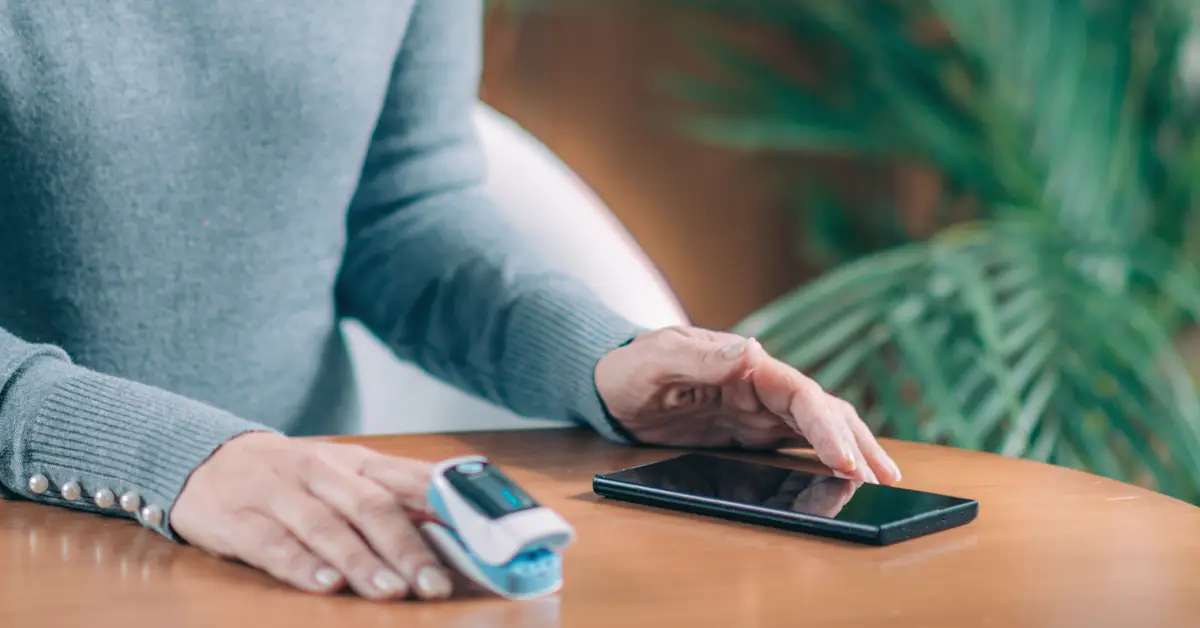Remote patient monitoring (RPM) is a rapidly growing field in healthcare that is revolutionizing the way patients are cared for. RPM is the use of electronic equipment or digital technologies to gather and monitor patient-generated health data, and transfer the data to their healthcare provider for diagnosis, assessment and recommendations. With the increasing demand for remote healthcare, RPM has become an essential tool for healthcare providers to manage patients with acute and chronic diseases. The benefits of RPM for healthcare providers include improved patient outcomes, reduced healthcare costs, and increased patient satisfaction. This article will take a closer look at the what RPM is, and provide an in-depth understanding of its mechanics and implementation in the healthcare industry.
What Does RPM Mean?
The abbreviation “RPM” stands for remote patient monitoring. It is a method of healthcare delivery that allows healthcare providers (HCPs) to remotely monitor patients outside of a clinical setting. The primary goal of RPM is to provide patients with the necessary care and support to manage their health conditions and prevent complications. This is achieved through the use of medical devices such as continuous glucose monitors, blood pressure monitors, and other remote monitoring devices that patients use at home to measure and monitor their health. The data collected is then electronically transmitted to HCPs for analysis, diagnosis, and to allow them to make treatment plan modifications as necessary. Additionally, RPM utilizes digital technology and medical devices to gather and monitor patient-generated health data, providing HCPs with a more efficient and cost-effective way to provide care.
How RPM Works
RPM is implemented using a variety of digital technologies and medical devices. Patients use these devices at home to measure and monitor their health. The data collected is then electronically submitted to HCPs for analysis, and enables them to make treatment plan modifications as necessary. Common medical devices used in RPM include continuous glucose monitors, blood pressure monitors, digital weight scales, and other remote monitoring devices. These devices are designed to be easy to use, measure accurate data, and transmit that data securely to the patient’s medical care team.
The data collected by RPM devices is usually automatically submitted to HCPs. This allows HCPs to keep track of their patients’ progress and make modifications to their treatment plans. The continuous transmission of health data can help prevent complications and reduce the need for patients to be readmitted to a medical facility. RPM provides HCPs with real-time health intelligence about their patients for more timely intervention.
The Role of DrKumo in RPM
DrKumo is a leading provider of RPM solutions that revolutionizes the way people access quality healthcare. DrKumo’s innovative approach improves patient outcomes and reduces healthcare costs by providing healthcare providers with the necessary tools and support to manage patients with acute and chronic diseases.
One of many defining features of DrKumo’s RPM solutions is its security, accuracy, ease of use, and reliability. This combination offers real-time intelligence for timely intervention, increasing productivity, practice revenue and patient engagement and satisfaction, while reducing the costs incurred from patient no-shows. DrKumo RPM technology is highly scalable, continuous and real-time, making it ideal for managing chronic diseases, post-surgery recovery, and home-based hospital care. DrKumo’s user-friendly RPM solution is powered by advanced, HIPAA compliant technology that allows for continuous real-time monitoring through mobile devices and utilizes AI/ML engine to assist patients in managing their health conditions from the comfort of their homes, while providing healthcare providers with real-time insights for timely intervention. DrKumo’s culture promotes innovation, collaboration, and technology-driven solutions, benefiting both patients and healthcare providers.
Summary
The meaning of RPM is the use of electronic equipment or digital technologies to gather and monitor patient-generated health data and transfer it to their HCP for faster diagnosis, assessment and treatment recommendations. RPM is a rapidly growing field in healthcare that is revolutionizing the way patients are cared for. The benefits of RPM for HCPs include improved patient outcomes, reduced healthcare costs, and increased patient satisfaction.
Contact Drkumo now to discover the power of RPM technology solutions and gain a deeper understanding of the RPM definition with our expert guidance. Upgrade your operations today and experience improved efficiency and productivity.








